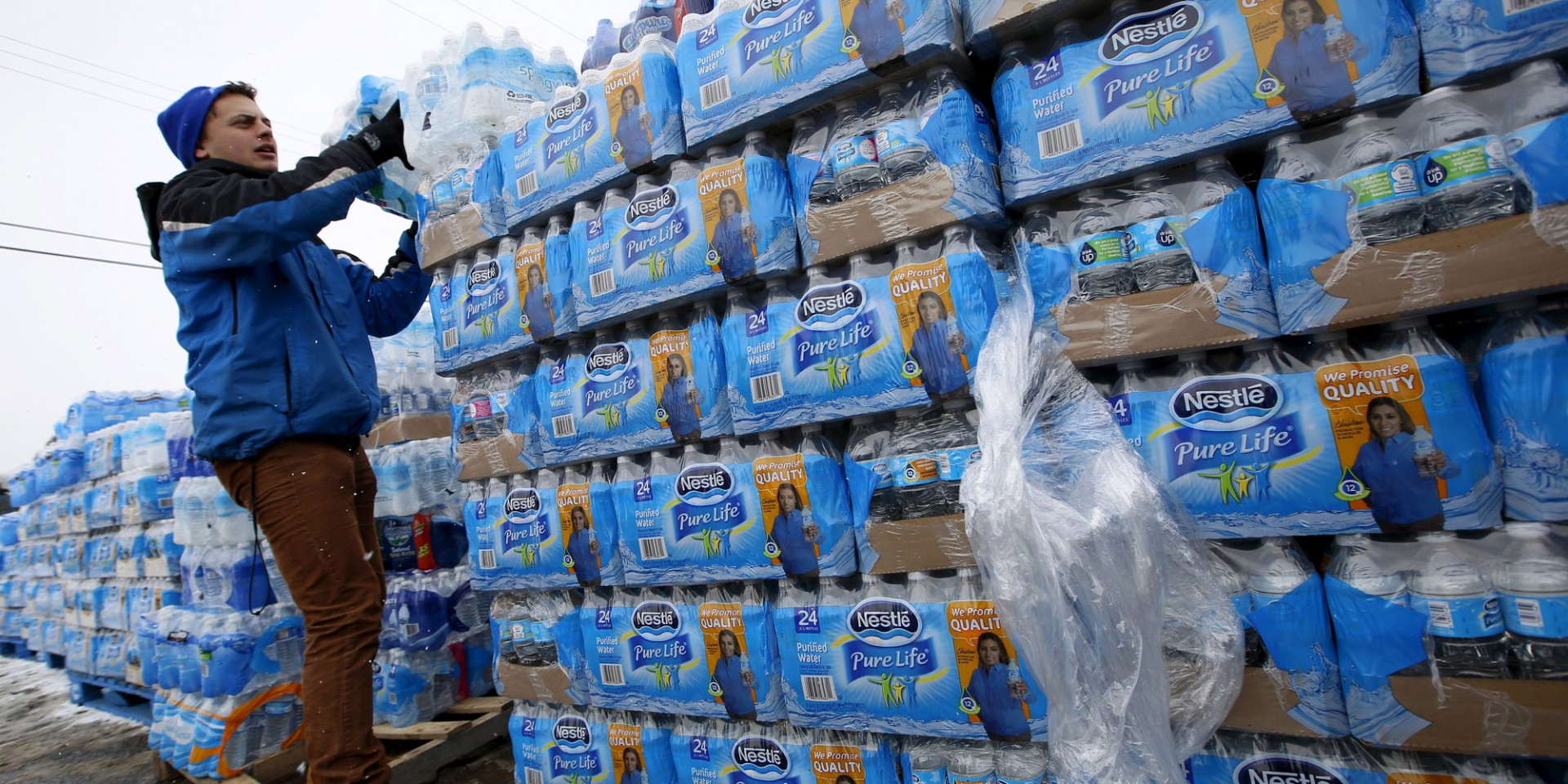The ‘Next Flint’ Could Already Be Happening For 4 Million Americans

If you’re looking for the location of the “next Flint” water crisis, you might want to head to the countryside.
That’s because small, rural and often poor communities are often served by utilities that either skip required tests for lead contamination in their water or are simply not equipped to properly carry out such testing.
According to a thorough investigation published in a new piece by USA Today this week, about 4 million Americans find themselves in such a situation, drinking water that could be contaminated with lead but has not been properly vetted.
The reporters’ findings, based on months of analysis of EPA and state records and more than 120 interviews with individuals who have discovered they’d been drinking water that is either lead-tainted or untested, are alarming.
About 100,000 Americans are drinking water from utilities that are aware their water has high lead levels, but have delayed properly treating the water to ensure its safety, according to the analysis.
Additionally, hundreds of small utilities have been getting away with a documented history of providing lead-tainted water, because regulators tend to be more flexible with oversight of these smaller utilities.
The findings came as no surprise to Mae Wu, a water expert at the Natural Resources Defense Council. Many operators of systems serving just a few hundred water customers are typically working just part-time in their role and may not be properly trained.
“The technical capabilities of these small systems are not what they are in larger drinking water systems,” Wu told HuffPost. “The people living in these communities are bearing the brunt of that problem.”
Lead, a toxic metal, typically gets into drinking water when water service pipes containing lead corrode over time, often due to water that is highly acidic or has a low mineral content. It’s a big problem, considering the Centers for Disease Control and Prevention says there is no safe level of lead exposure. Particularly in children, exposure to lead can affect IQ and academic achievement.
In Coal Mountain, West Virginia, a very small, unincorporated area spotlighted by the USA Today report, the personification of that problem is 65-year-old retired coal miner Ravin Kenneda.
According to the USA Today, Kenneda’s treatment regimen for the community’s water supply — accessed through a wellhead housed inside a shed near church property — consists solely of “pour[ing] bleach into his community’s water once in a while to keep it clean.”
That doesn’t appear to be doing the trick, as the Coal Mountain water system has been the subject of 19 water-testing violations since 1988, more than any other water system in the nation. And state officials told USA Today that they can’t do much about it because Coal Mountain, like 15 other utilities in the state, is an “orphan system” with no official owner or operator.
While Coal Mountain is an extreme example, many other small water systems find themselves in a similarly difficult position — with few resources at their fingertips to keep up with the water quality standards laid out by the Environmental Protection Agency.
According to the EPA, about 84 percent of the nation’s 53,000 drinking water utilities serve 3,300 or fewer customers. Large utilities serving more than 10,000 customers represent about 7 percent of the nation’s total community water systems but serve the bulk (about 80 percent) of the nation’s water customers overall.
This tends to concentrate resources and technical knowhow among larger utilities, though smaller utilities can turn to non-profit groups like the Rural Community Assistance Partnership for technical assistance in treating their water and operating their systems, Wu noted.
Still, the work of organizations like RCAP can only go so far given how expansive the problem is. And that is particularly true considering that analyses like the USA Today’s primarily focused on just one contaminant, lead. The EPA also regulates dozens of other water contaminants.
So the nation’s lead-in-water problems, then, are really just a small sliver of the challenges facing its water supply,
“In rural areas, you might have nitrates, pesticides and all other kinds of things that could also be in the water. It’s not just lead,” Wu said. “This could just be the tip of the iceberg.”
–
Joseph Erbentraut covers promising innovations and challenges in the areas of food and water. In addition, Erbentraut explores the evolving ways Americans are identifying and defining themselves. Follow Erbentraut on Twitter at @robojojo. Tips? Email joseph.erbentraut@huffingtonpost.com.
Read more: http://www.huffingtonpost.com/entry/drinking-water-lead-rural-utilities_us_585434a0e4b039044708516e